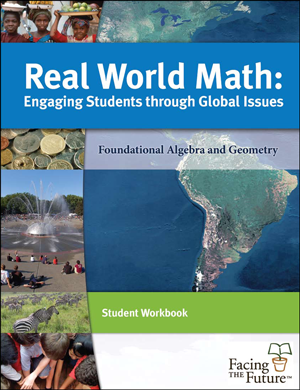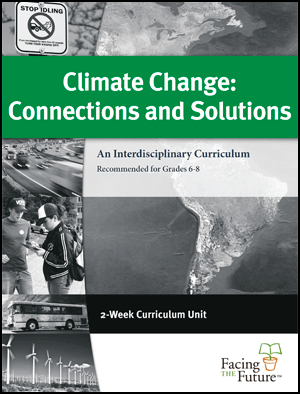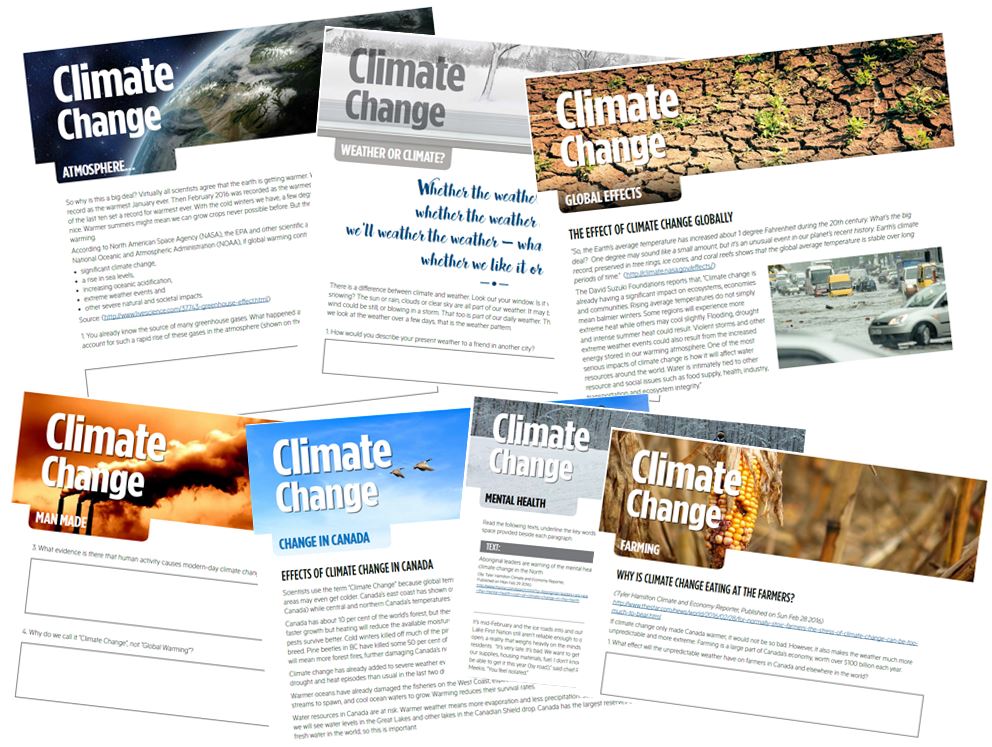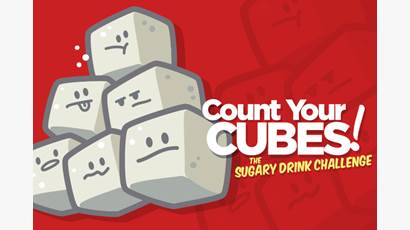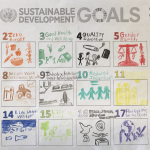The Revised Geography Curriculum states that in order “to solve problems, make decisions or judgments, or formulate plans of action effectively, students need to develop their ability to examine issues from multiple perspectives.” Our intermediate students communicated a need to see a clearer connection between their classroom work and its real-world relevance. Using the United Nations Sustainable Development Goals (2015) as an inspirational starting point, we collaborated with each other and our students to create cross-curricular, integrated learning based on the inquiry process (as outlined in the 2013 H&G Curriculum document).
Team Members
Nancy Thomson
Kawartha Pine Ridge District School Board
Angela Box
Kawartha Pine Ridge District School Board
Nikki Larry
Kawartha Pine Ridge District School Board
Professional Learning Goals
Our primary focus was to collaborate to create more meaningful and engaging learning experiences in our classrooms. During the co-planning and co-teaching opportunities that were made possible by this funding, our team members benefited from improved understanding of cross-curricular connections and advancements in our instructional capacity. Providing high-quality instruction requires the continuous generation of ideas to make learning relevant, engaging and accessible to all students. Our collaboration led to inspired, cross-curricular learning in our classrooms that made more sense to us and our students. Learning was more efficient and deeper as a result of the cross-curricular connections we made. This collaborative project provided the planning time and necessary support for our team to move outside of our comfort zones and facilitate learning that was more student-directed. By enhancing our instructional capacity, we created learning opportunities that led to more engagement and successful learning outcomes for our students and ourselves.
Activities and Resources
We used the United Nations Sustainable Development Goals as a staring point. Students connected strongly to the real-world problems connected to Goal #3 – Good Health and Well-Being. We gravitated to Goals #6 – Clean Water and Sanitation, #12 – Responsible Consumption and Production and #13 – Climate Action as they connected very well to the curriculum expectations for science and geography at the intermediate level. There were many resources available, such as “The World’s Largest Lesson” and the “Facing the Future” materials, that provided us with inspiration for cross-curricular lessons. We used the Nelson/National Geographic Global Issues series to engage students in literacy-based, cross-curricular learning activities. Students worked to design, build and redesign multi-stage water filters, pneumatic/hydraulic systems, solar-powered vehicles and tiny houses. Students worked to develop their understanding of financial literacy and completed and revised business plans. Students examined the excess of added sugar in the foods that they eat and the health implications of high sugar intake. They created public service announcements related to mental health and stress management. We applied for, and received, a grant from the Canadian Tire Jump Start program to take our students to the local YMCA. They participated in five sessions where they were physically active and developed new skills – choice of swimming lessons for non-swimmers, yoga, Pickle-ball, sports conditioning and Cycle Fit. Students learned about ecosystems and watersheds and wrote project proposals for a local environmental contest. Two projects were finalists in the competition and won $3,000 in prize money and additional financial support to implement their projects. This provided opportunities for students to collaborate with each other and network with community partners and to experience real-world problem-solving.
Unexpected Challenges
As with any project, there are always challenges. We have limited space in our building so finding a space to work collaboratively, as efficiently as possible, was frustrating. It was more challenging than anticipated to influence teaching partners to shift their instructional practices to deliver cross-curricular lessons that were more student-directed. We planned 3D printing activities and managed to clog the extruder head of the printer during the first week. We solved that real-world problem by troubleshooting online and dismantling and rebuilding the extruder. Even though we were up and running again, improper ventilation led to the restriction of the use of 3D printers in our school. We were challenged to find engaging texts that were accessible by our students, who represent a wide range of reading levels. We documented many of the project activities with pictures that included our students and unfortunately these project artifacts weren’t appropriate for sharing. The TeachOntario platform wasn’t as easy to use as we had hoped. A difficult school year resulted in our team not focusing on advancing our use of technology. Having familiarity with TeachOntario earlier in the project, and using it to document the project in real time, would have been easier and led to more comprehensive sharing of the project.
Enhancing Student Learning and Development
Using the United Nations Sustainable Development Goals as a starting point provided many connections and much inspiration for students. A significant number of students were having difficulty independently accessing textual information, such as found in newspaper articles. To help them achieve more independence and success with critical-thinking during this project, we invested in the Nelson/National Geographic Global Issues texts (Water Resources, Climate Change and Health titles). Having these visual and differentiated texts increased the engagement of students at all levels and provided great cross-curricular connections. Students were more engaged and more effectively developed their learning skills when they were working on larger projects that involved organization, collaboration, time management and real-world problem-solving, such as completing design challenges and business plans. The extended timelines connected to some of these activities gave us the opportunity to provide more meaningful feedback to learners and to model effective strategies to manage a more complex workload. Student-directed learning influenced students to more independently create individualized learning goals and to achieve desirable learning outcomes more often.
Sharing
This project, targeting intermediate teachers, was shared on the TeachOntario site. We provided a brief description of our project, uploaded some student work samples and shared a variety of resources that we found useful during this project. This experience will make it more likely that we will share resources and lessons online in the future.
Project Evaluation
Our project was a success. Our approach to planning instructional activities has shifted to prioritize a more appropriate balance of teacher-directed and student-directed learning. As a result of this collaborative learning experience, we are better prepared to provide our students with opportunities to critically examine real-world problems, connected to the United Nations Sustainable Development Goals and in support of the learning expectations of the Ontario Curriculum. Students were empowered by this approach. They were engaged when working collaboratively on relevant, cross-curricular tasks and, when asked, clearly communicated that this kind of learning makes more sense to them and is more satisfying. Of particular value were the YouTube TEDtalks that showed young people successfully solving real-world problems combined with opportunities for our students to solve problems (e.g., design, test and redesign multi-stage water filters, pneumatic/hydraulic systems and solar-powered vehicles). Yes, problems exist in the world, but young people have the ability to access information and work to solve these problems collaboratively. Our students are able to think more critically about real-world issues and to propose realistic solutions to many of the problems that they identify in the world around them. Publishing our project on TeachOntario adds to our feeling of accomplishment. We plan to continue to identify, develop and share resources that will extend this project, and our learning, into the future.
Resources Used
The CARING FOR OUR WATERSHEDS™ program is an environmental educational competition that encourages creativity and rewards students for the solutions they identify. CARING FOR OUR WATERSHEDS partners with communities to create focused solutions to local watershed issues.
Agrium invites students to submit proposals that answer the question:
“WHAT CAN YOU DO TO IMPROVE YOUR WATERSHED?”
The program rewards the students and the schools who submit the most creative, thought-provoking and innovative ideas. Implementation funding and community mentorship is available to turn the student’s ideas into realistic solutions.
Resources Created
These resources will open in your browser in a new tab, or be downloaded to your computer.



